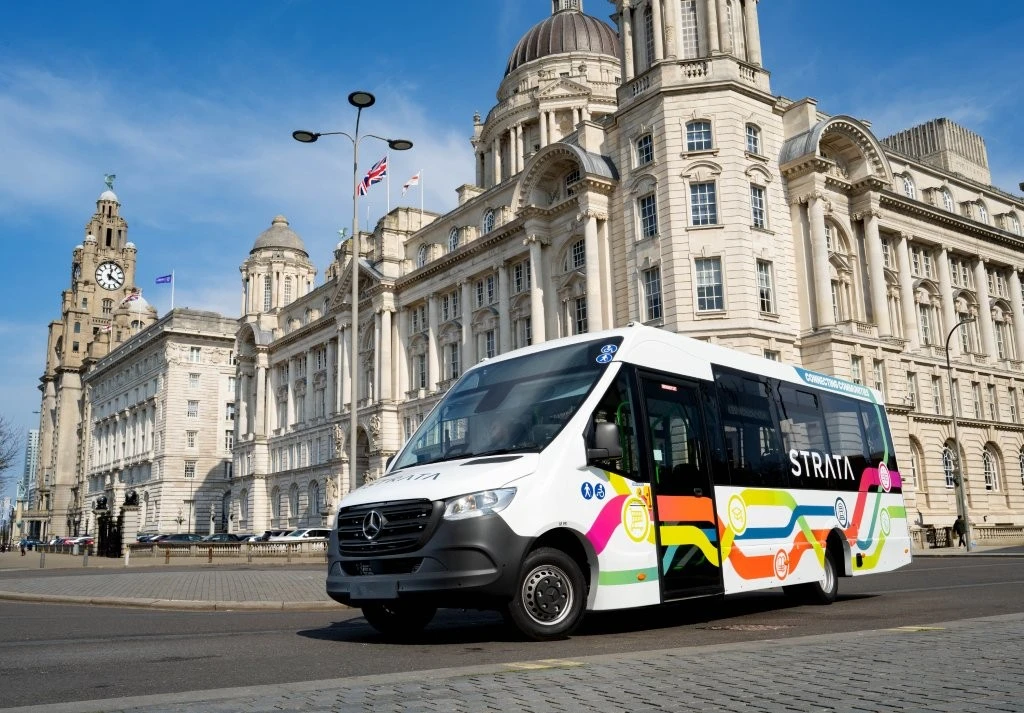Safety Devices For Commercial Trailers

Safety Devices For Commercial Trailers
The importance of commercial trailers in the world of transportation is impossible to overstate. You see them everywhere, they carry everything from, electronics, medicine – you name it. They form the backbone of trade and commerce across the world, and as they crisscross highways and navigate through city traffic, the safety of these units becomes an issue of real importance. Investing in the right commercial trailer safety devices is more than just ensuring the protection of goods; it’s about prioritising the safety of drivers, pedestrians, and other road users.
Here are the safety devices that every commercial should look for where appropriate.
Reverse Cameras
Given the size of commercial trailers, blind spots can be a significant challenge, especially when reversing. Reverse cameras serve as the driver's eyes at the back, relaying live feed to a dashboard screen. This real-time visual assistance substantially reduces the risk of accidental collisions and property damage, making it easier for drivers to manoeuvre in tight spaces.
Advanced Braking Systems
The very thought of a trailer unable to stop in time is chilling. This is where advanced braking systems come into play. Incorporating smart sensors, these systems detect obstructions and apply automatic brakes, mitigating collision risks. There are also automatic braking systems available for trailers that work only during reversing manoeuvres, dramatically improving safety.
Lane Departure Warning
Distracted driving or sheer fatigue can cause unintentional lane departures, a common precursor to traffic accidents. Lane Departure Warning systems, armed with high-tech sensors, monitor the vehicle’s alignment with road markings. If the trailer veers off without an indicator, an alarm alerts the driver, averting potential mishaps. If nothing else it gives them a good warning to indicate for other road users as well.

Pedestrian Warning Alarms
In bustling urban environments, a trailer's movement has to be controlled with a fine degree of accuracy. Pedestrian warning alarms can literally be lifesavers, emitting audible signals to warn pedestrians of the trailer's proximity and that it’s either reversing or turning. This feature becomes especially critical in areas like school zones, crowded spaces, or alongside cycle lanes.
Side Sensors
Changing lanes or making turns can be risky, given the trailer’s length and blind spots. Side sensors play a pivotal role in these scenarios. They detect obstacles on either side of the trailer, such as cyclists that have either just been overtaken or are coming back past the vehicle, offering the driver crucial seconds to make better decisions, thereby reducing the risk of side swipes.
Tyre Pressure Monitoring Systems (TPMS)
A trailer’s performance is intrinsically linked to its tyre's health. Tyre blowouts, often a result of improper pressure, can lead to severe accidents. TPMS keeps the driver informed with real-time pressure data, enabling them to take corrective actions long before a potential blowout.
Electronic Stability Control (ESC)
Rough terrains, sudden turns, or high-speed manoeuvres can destabilise a trailer. ESC detects traction loss and automatically applies brakes to specific wheels, restoring stability. This type of intervention tech can be the difference between a safe journey and a catastrophic event.
Commercial trailers will continue to be pivotal in global logistics for years to come, so integrating advanced safety devices is not just an optional luxury but a necessity. Such measures mean that trailers can coexist with other more vulnerable road users, and in a world where road safety is increasingly under the microscope, commercial trailer safety is a topic that warrants all our undivided attention.


.png)
